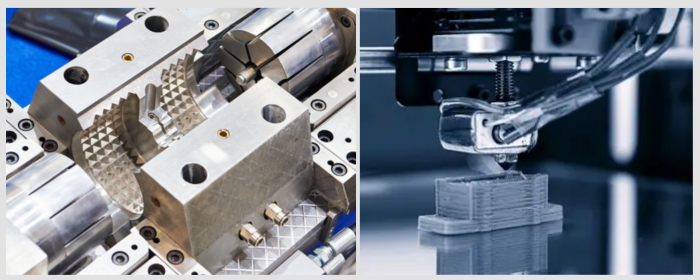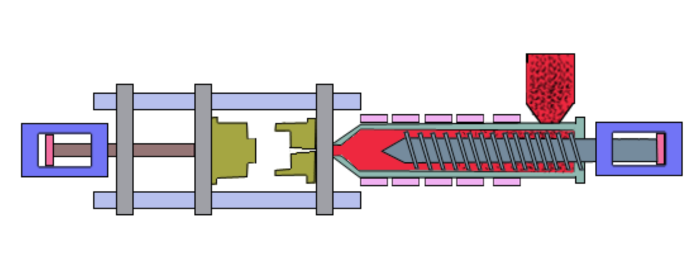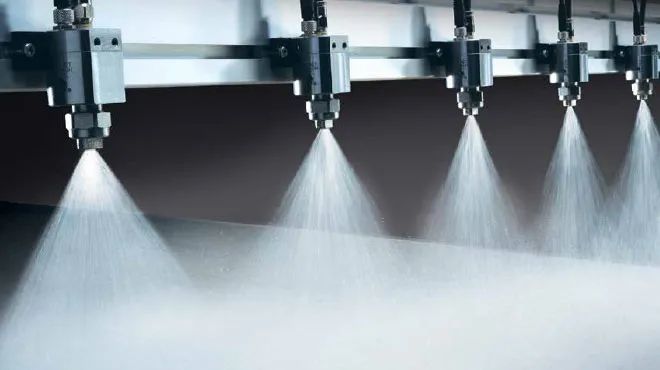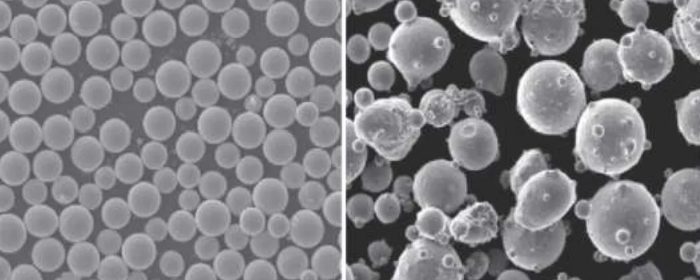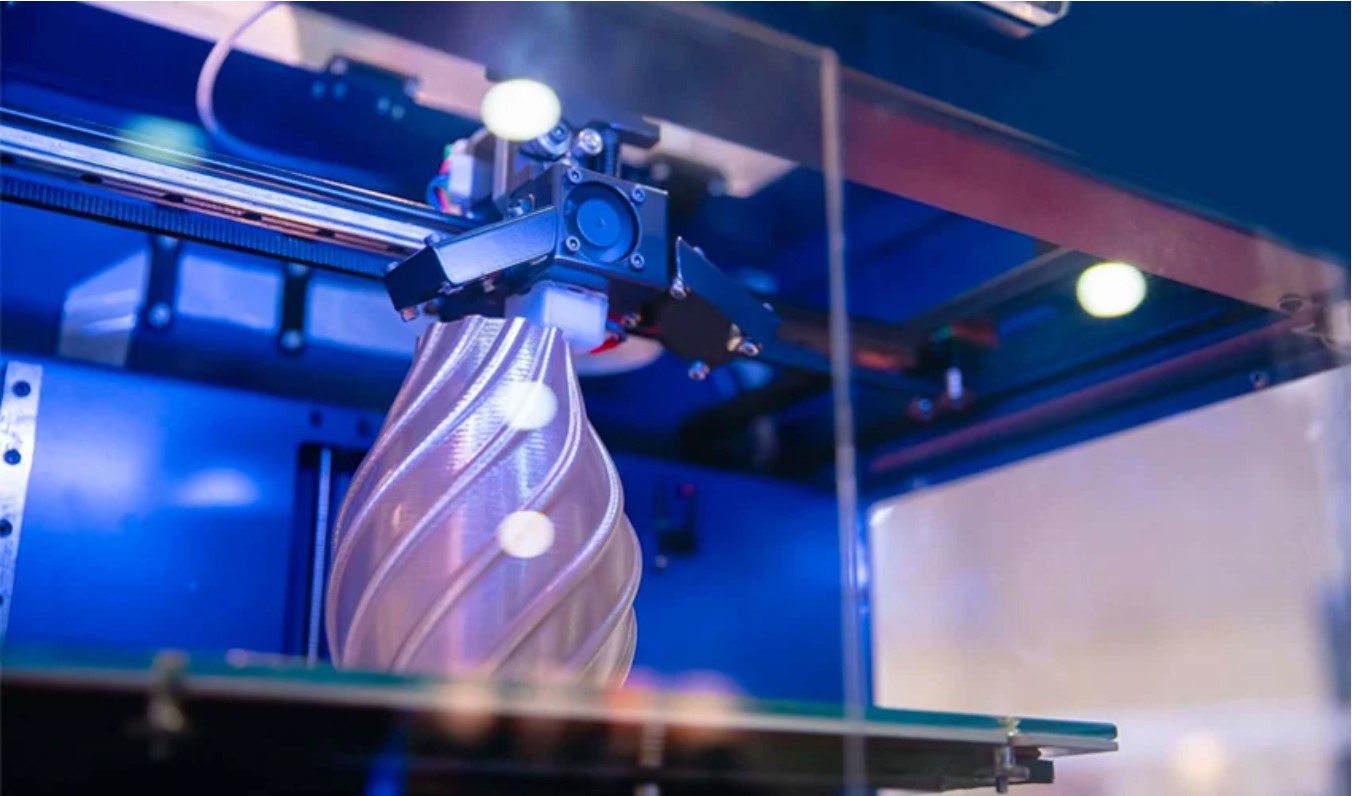

A client required spherical molybdenum-copper (Mo-Cu) alloy powder for an essential part 3D printing. The conventional methods, however, could not replicate the required morphology due to the pseudo-alloy and high-viscosity nature of the material. Stanford Advanced Materials (SAM) innovatively selected an ultra-fine raw material spray drying + controlled heat treatment process and ultimately obtained spherical Mo-Cu powder that met the customer's requirements for part printing materials.
One of the clients in a specific industry required high-performance spherical Mo-Cu alloy powder to 3D print the main components. However, Mo-Cu is a pseudo-alloy (Pseudo Alloy), and the two metals can't fully dissolve into each other. Traditional production techniques resulted in severe defects:
The client needed a solution that would ensure performance while achieving high uniformity and sphericity in Mo-Cu alloy powder.
SAM is experienced in large-scale manufacture of specialty powders. We've created a carefully designed multi-step process. SAM initially utilizes high-purity molybdenum and copper powders as raw materials. The powders' particles are extremely small, ranging from 0.5-3 microns. This guarantees uniform distribution in the final product.
Under closely controlled conditions, the liquid mix is converted into dry powder by advanced spray drying technology. Tight control over atomizer speed and liquid feed rates during this process leads to powder particles with nearly flawless spherical morphology.
Finally, SAM heat treats the composite powder. This critical step has two major advantages: it removes excess binders while, concurrently, hardening and rounding the powder particles.
After rigorous material testing and printing verification, SAM's spherical Mo-Cu alloy powder fully met the customer's specifications:
.png)
Microscope photo of molybdenum copper powder
A pseudo alloy is a metal-matrix composite material wherein two or more metals exist as distinct, uniformly dispersed phases without the formation of an alloy phase. This material was created in the 1930s, and tungsten-silver (W-Ag) and tungsten-copper (W-Cu) alloys—produced by powder metallurgy—were among the first uses. These alloys consist of a tungsten matrix containing 20–50% silver or copper and are applied as contacts in high-power, high-voltage electrical switches.
In the pseudo alloys, the silver or copper in the capillary pores of the tungsten matrix evaporates and melts under the high temperature generated by electric arcs, consuming great amounts of arc energy and reducing the temperature in the arcing zone. These pseudo alloys thus possess much smaller erosion rates compared to pure copper or silver contacts, and even smaller compared to pure tungsten.
Molybdenum-copper (Mo-Cu) alloy powder is a high-performance pseudo-alloy material that combines the advantages of the two metals. Molybdenum's high melting point provides the composite with excellent structural stability at high temperatures, while copper provides excellent thermal conductivity.
The main features are:
To meet specific 3D printing part requirements, SAM offers customized tungsten-copper (W-Cu), molybdenum-copper (Mo-Cu), and other spherical powders. SAM also supplies high-purity fine metal powders, including tungsten (W), copper (Cu), silver (Ag), and molybdenum (Mo).
Inquiry to Stanford Advanced Materials
Reference

